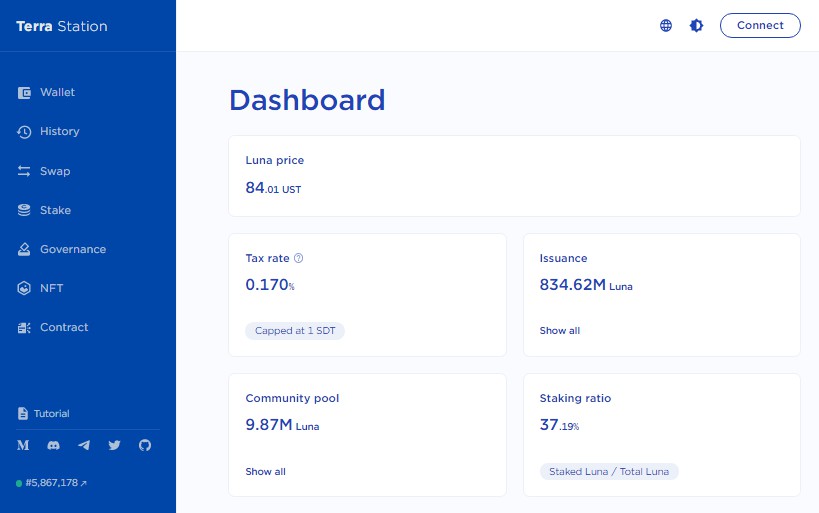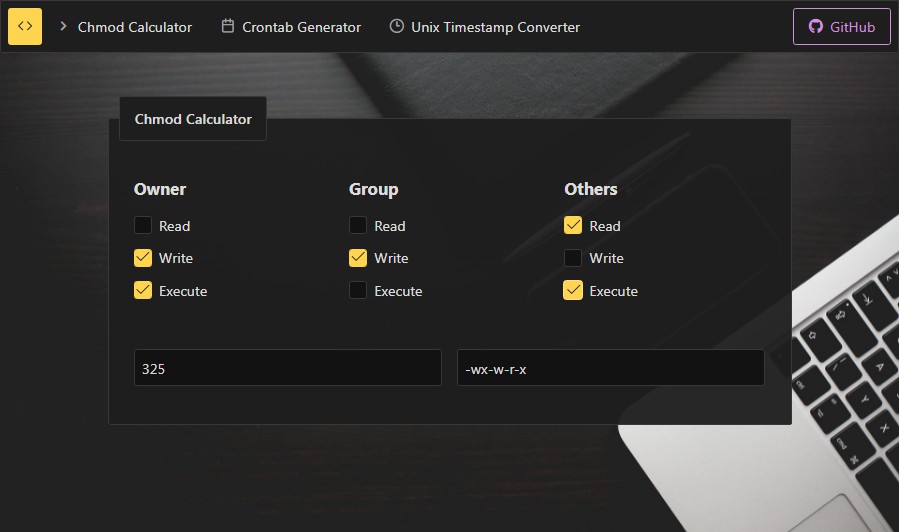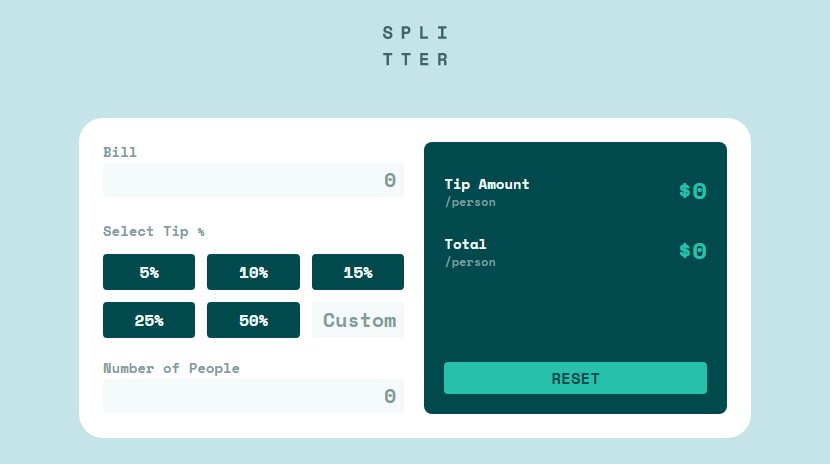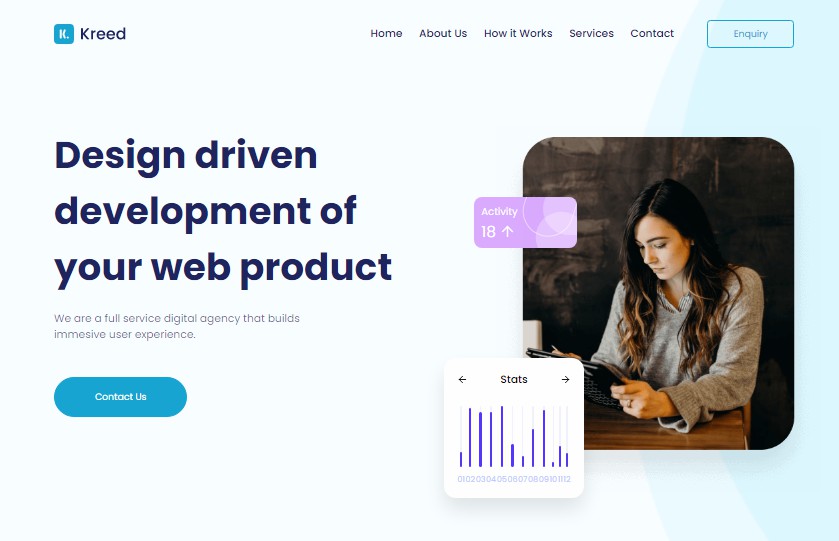Va vite!
vavite is a Vite plugin that provides SSR functionality that is environment, cloud, framework, and meta-framework agnostic. It achieves this by means of “environment adapters” that convert the request representation of their specific environment into an environment-agnostic representation, calls your request handler, and converts the environment-agnostic response representation returned from your handler into whatever the specific environment expects. It also provides escape hatches for direct handling of the environment-specific request or the response.
Adapters for Vite’s development server and Node.js are built in. @vavite/cloudflare-workers, @vavite/netlify, and @vavite/vercel packages provide adapters for Cloudflare Workers, Netlify Functions, and Vercel respectively.
Usage
Install as a dev dependency and add it to your Vite config like this:
import { defineConfig } from "vite";
import vavite from "vavite";
export default defineConfig({
plugins: [ vavite() ],
});
Now, when you run vite dev, it will look for a handler.js (or .ts, or any other extension specified resolve.extensions) in your project root. You can change the default with vavite({ handlerEntry: "my-handler.ts" }). The handler file is supposed to default export a request handler that receives an IncomingRequest and return an OutgoingResponse (or a promise of one).
When you build with vite build, it will first build a client bundle, then the server-side code. If you don’t use any adapters, the build will create a dist/server/index.js which is a Node.js server. You can use vavite({ serverEntry: "vavite/no-sirv" }) to omit bundling sirv which is used for serving static files (because your reverse proxy already does it, for instance). You can also use vavite/middleware to build a connect-style middleware instead of a full application.
If you’re using an adapter, the dev server works the same way while the build will create a bundle suitable for the target environment.
Accessing client build artifacts
Your server-side code can access the manifests from the client build by importing them via vavite/manifest and vavite/ssr-manifest. In dev mode, the SSR manifest will be an empty object while the client manifest will be a special proxy object that maps each file to itself.
You can also access the content of index.html (if it exists) in its processed form by importing vavite/html. In dev, it will return the unprocessed index.html: vavite will call transformIndexHtml for you if your response’s content type is text/html.
When authoring an adapter or a custom entry, user’s handler module is accessible via vavite/handler.
Request and response formats
The canonical request object passed to the handler function looks like this:
export interface IncomingRequest {
/** Environment specific request representation as an escape hatch */
raw: any;
/** IP address of the end user */
ip: string;
/** URL of the current request */
url: URL;
/** HTTP method */
method: string;
/** Request headers */
headers: Record<string, string | undefined>;
/** Request body */
body: RequestBody;
}
The RequestBody supports streaming reads where available and looks like this:
export interface RequestBody {
/** Read all as a UTF-8 encoded string */
text(): Promise<string>;
/** Read all as a an array of bytes */
binary(): Promise<Uint8Array>;
/** A stream of bytes */
stream(): AsyncGenerator<Uint8Array>;
}
The response object looks like this:
export interface OutgoingResponse {
/** HTTP status code */
status?: number;
/** Response headers */
headers?: Record<string, undefined | string | string[]>;
/** Response body */
body?: ResponseBody;
}
The response body also supports streaming where available and can be any of the following:
export type ResponseBody =
// Empty body
| undefined
| null
// UTF-8 encoded string
| string
// Array of bytes
| Uint8Array
// A stream of bytes
| AsyncGenerator<Uint8Array>
// A stream of UTF-8 encoded strings
| AsyncGenerator<string>;
The response can also be in the form of { raw: ... }. If it is, it will be passed as a raw response to the environment adapter.
Your handler can also undefined or a promise that resolves to undefined to signal that it didn’t handle the request. If your using a middleware adapter, it will pass the request to the next middleware; otherwise a generic 404 response will be returned.
Raw request and response for built-in adapters
The built-in adapters pass { req: http.IncomingRequest, res: ServerResponse } in IncognitoRequest.raw. The raw response value will not be used but if you return { raw: any } as the response, vavite will assume that you already handled the response using request.raw.res.end().
Package exports
| Entry | Description |
|---|---|
vavite |
Vite plugin and types |
vavite/entry |
Entry point for Node HTTP server with sirv bundled |
vavite/no-sirv |
Entry point for Node HTTP server without sirv |
vavite/middleware |
Entry point for connect-like middleware (no sirv) |
vavite/handler |
Resolves to the user’s handler entry |
vavite/manifest |
Vite manifest |
vavite/ssr-manifest |
Vite SSR manifest |
vavite/html |
Contents of index.html |
Adapter authoring check-list
You can use the testbed project in the repo. Run CI=1 TEST_HOST="<YOUR HOST>" pnpx vitest to run the end-to-end tests in the e2e.test.ts file.
- Make sure it doesn’t break the dev command when your adapter plugin is active by running
pnpm devand testing withCI=1 TEST_HOST="localhost:3000" pnpx viteston a different terminal. - Deploy to your adapter’s target environment and run the end-to-end tests again on the deployed URL.
- Manually check the pages
/and/reactthat the button is purple and is incrementing the counter (TODO: Write an automatic test for this). - If your target environment supports streaming responses, run
curl -ND - '<YOUR HOST>/bin-stream?delay=50'and observe the typewriter effect.




